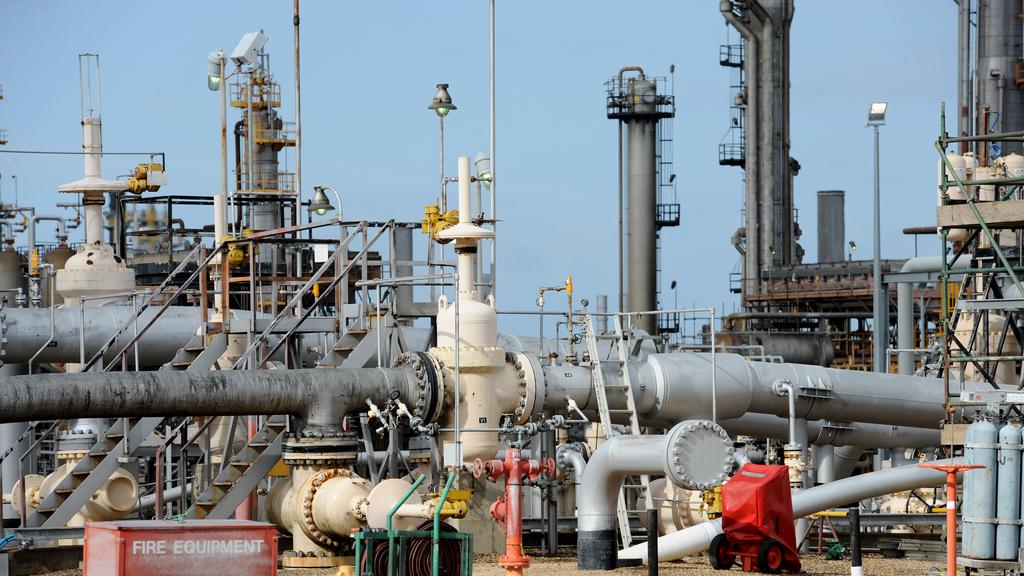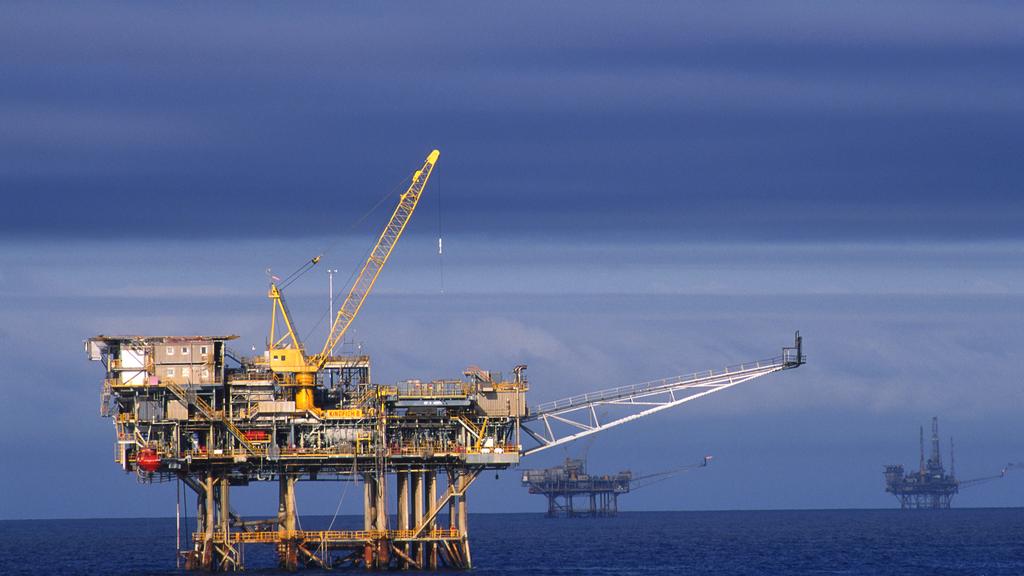
Article by Colin Packham, courtesy of the Australian.
09. 07. 2025

ExxonMobil’s local arm Esso has walked back claims of a significant new gas discovery in the Bass Strait after inadvertently overstating the volume of the find, dashing hopes the east coast energy security crisis has been delayed.
The US oil and gas giant along with its partner Woodside notified the Australian Energy Market Operator of a discovery in the Gippsland Basin, revealed by The Australian, which analysts said could provide enough supply to delay the onset of a shortfall forecast to arrive in 2029.
The disclosure is mandated under Australian energy market rules, and is unique compared to other jurisdictions.
But Exxon has since downgraded the size of the find – by as much as nearly 70 per cent, AEMO said – a correction that will be a source of some embarrassment for the partners and temper genuine industry excitement.
Exxon and Woodside’s venture is the dominant supplier of gas to the east coast.

Instead of identifying about 92 petajoules of gas, Exxon is now reporting 27.3 petajoules, AEMO said.
While the discovery is still extremely useful, it is unlikely to delay the onset of the east coast shortfall substantially.
It has yet to be modelled by AEMO as it awaits further information about the commercial viability and timing of when the gas can be accessed.
Exxon’s initial disclosure was considered significant enough to shift the findings of AEMO’s 2024 Gas Statement of Opportunities, which warned that without urgent action the country’s east coast will experience a structural deficit by 2029 and seasonal shortfalls even sooner.
Exxon confirmed the revision of its discovery, explained as having inadvertently updated a previous submission.
“The April 2025 report intended to make two changes to reflect updates since submitting data for the 2025 Gas Statement of Opportunities in February 2025: The Gippsland Basin Joint Venture had approved final funding of the Turrum Phase 3 project, resulting in the migration of some contingent resource to reserves; and, in addition Esso upwardly revised the volume of gas it expects to be available for production from the existing Turrum field operations,” the company said in a statement.
“Esso recently resubmitted an update to the Gas Bulletin Board, that included this increase for its 2P developed reserve volumes at the Turrum gas field, compared to the data that was used to produce the 2025 Gas Statement of Opportunities in February.”
Australia requires urgency unlocking new sources of gas if it is to avoid the shortfall.
AEMO has urged authorities to move quickly to bring supplies to market, a warning the industry has said must be heeded by government.
But new developments continue to be held up in drawn-out approvals processes.
Major customers have warned that even temporary shortfalls could lead to price spikes, curtailments or industrial closures, while electricity providers have cautioned that the country’s transition away from coal will be stunted without adequate supplies of gas to provide emergency backstops.
The Exxon discovery had stoked hopes that Australia would have more time to work through permitting and social licence issues.
A prospective delay to the shortfall would have, however, been a hammer blow to LNG import developers, which are pushing ahead with plans in the expectation that new sources of supply will not be developed in time to avert a crisis and the region will have to import cargoes.
Such a move is contentious, with opponents insisting it will trigger higher domestic prices – though developers reject that notion as they insist the era of cheap gas is over.
Andrew Forrest’s Squadron Energy is poised to finish work on its NSW LNG import terminal and seized on the Exxon revision.
“Yet again, a ‘new gas find’ has fallen well short of the headline claim, showing why we can’t keep relying on last-minute discoveries and ageing infrastructure to meet demand,” a spokesman for Squadron told The Australian.
“Southern states can burn through 48 petajoules in a single winter month – so 27 petajoules won’t go far, especially when outages like last week’s Longford shutdown cut supply and drove up prices.
“Building huge new pipelines takes years and billions of dollars, with no guarantee they’ll be ready this decade.
“LNG terminals are a certain, flexible way to strengthen supply, keep prices low, and give Victorian and NSW businesses and families confidence that energy will be there when they need it.
“If we want to grow industry, keep the lights on, and stay competitive, we need practical solutions that work now, not promises that disappear when the weather turns.”



